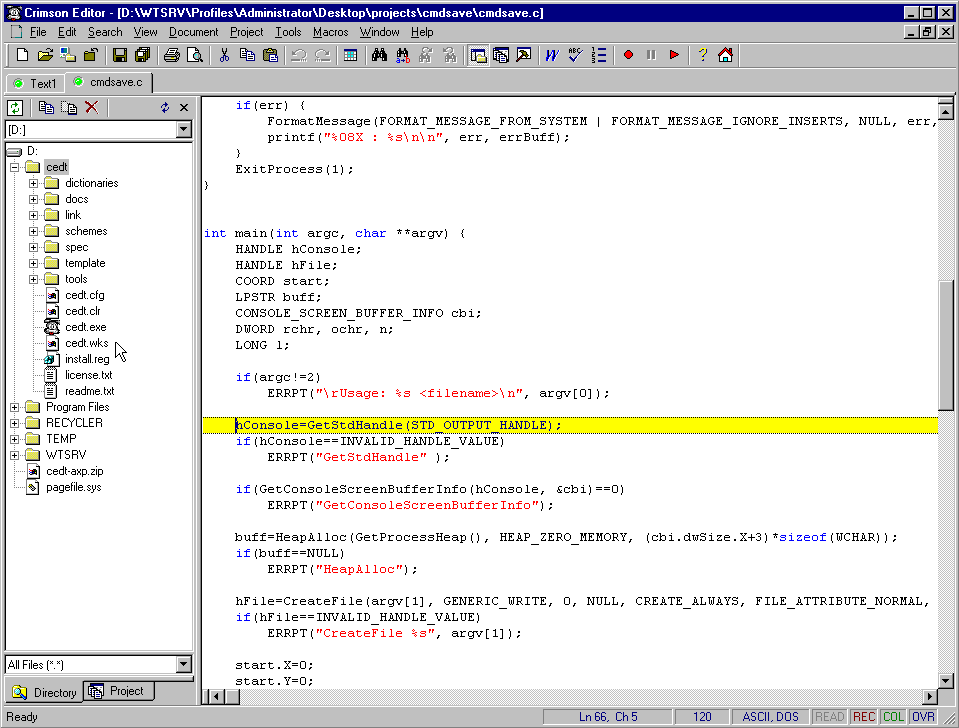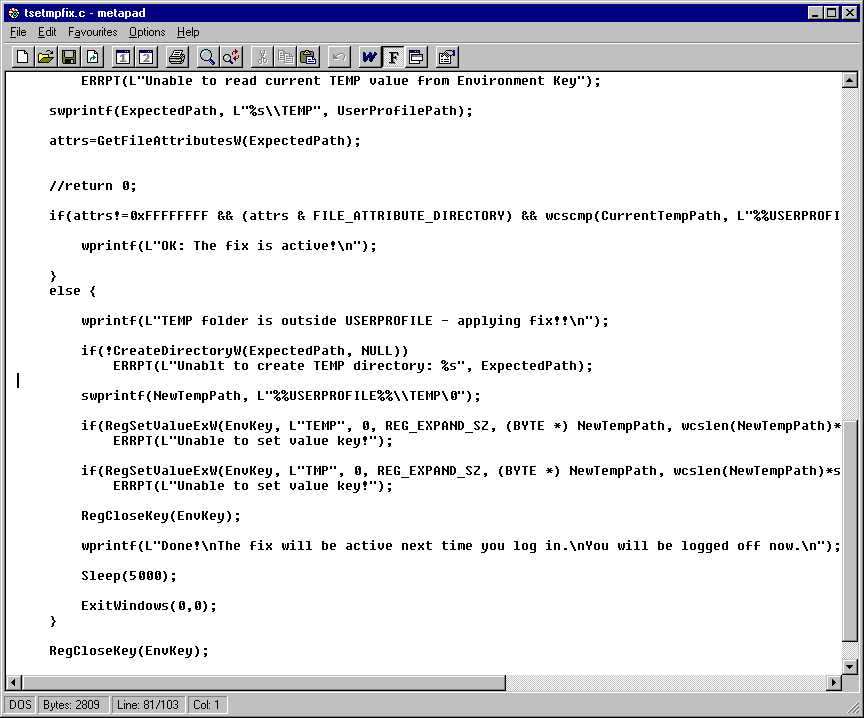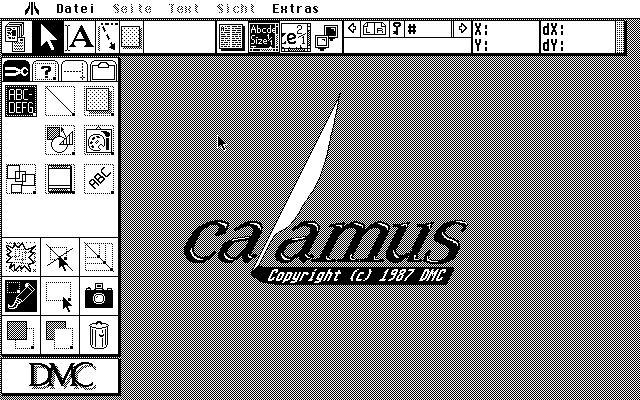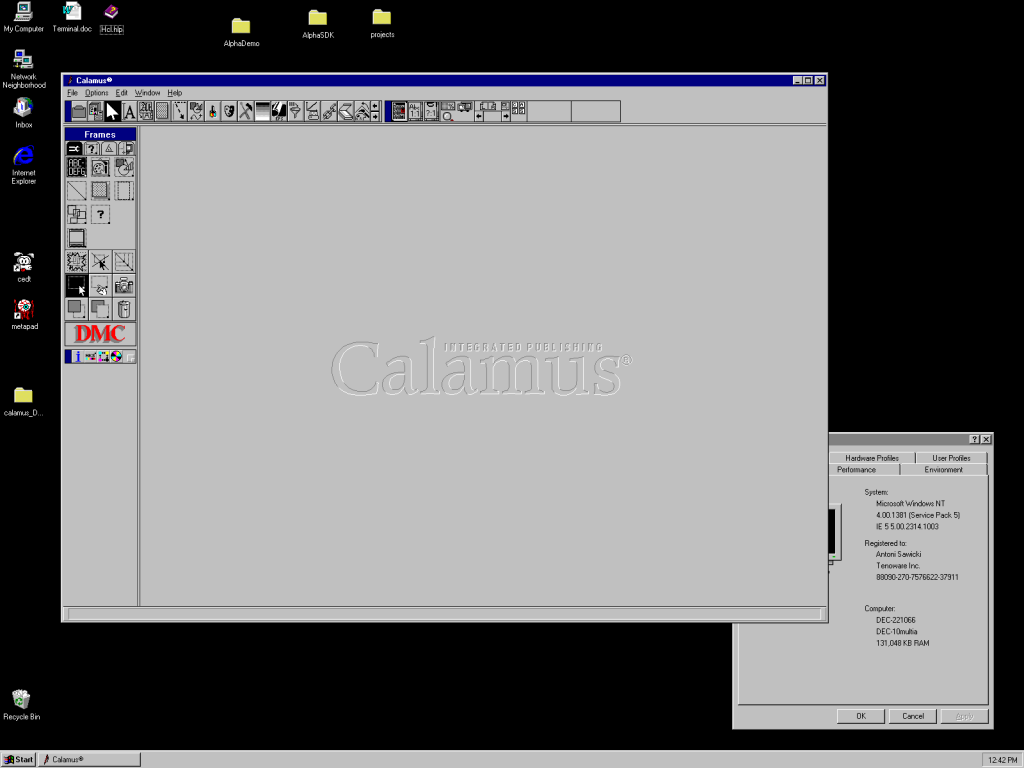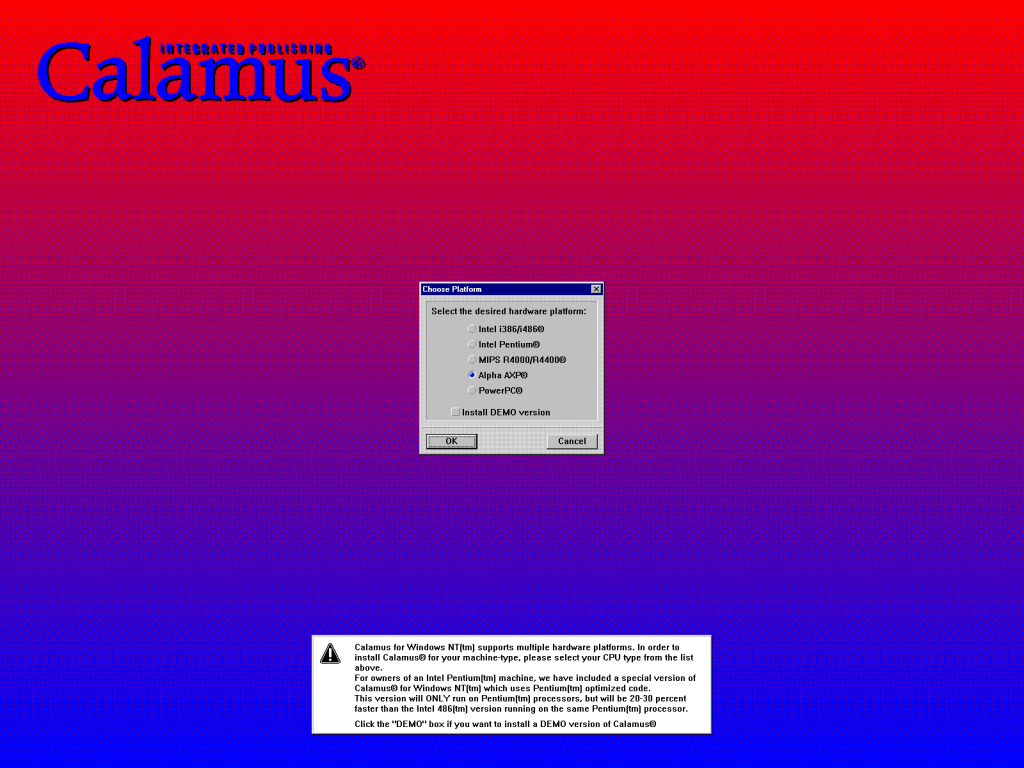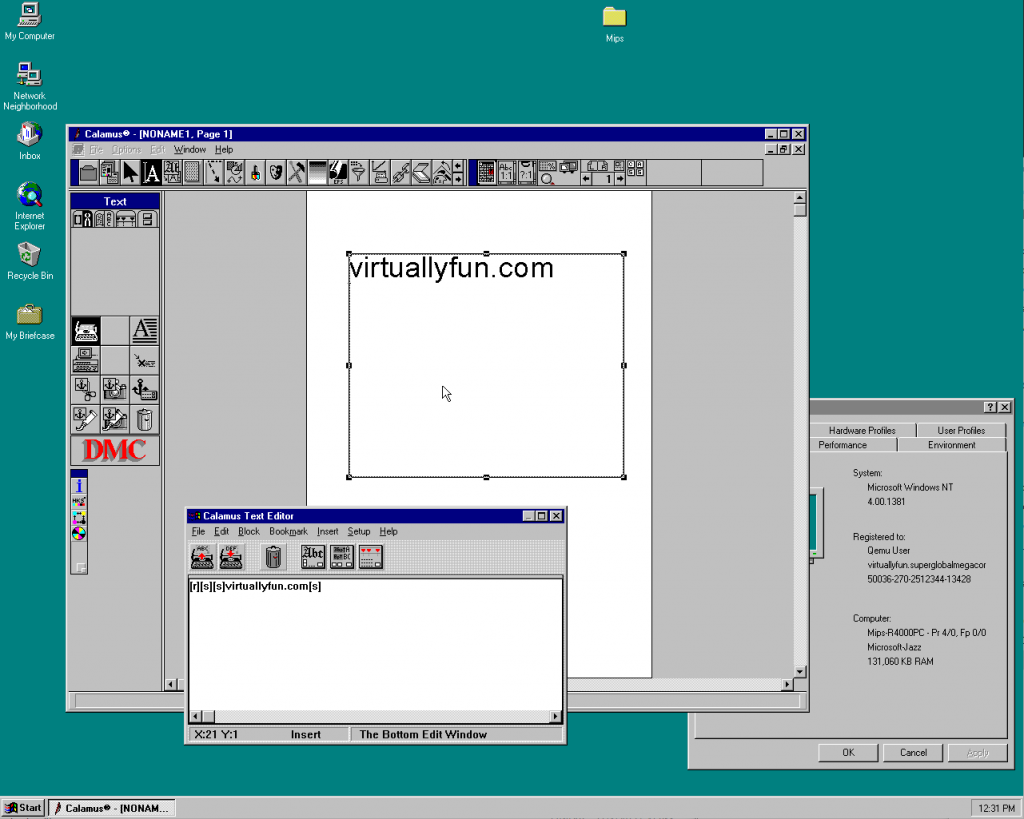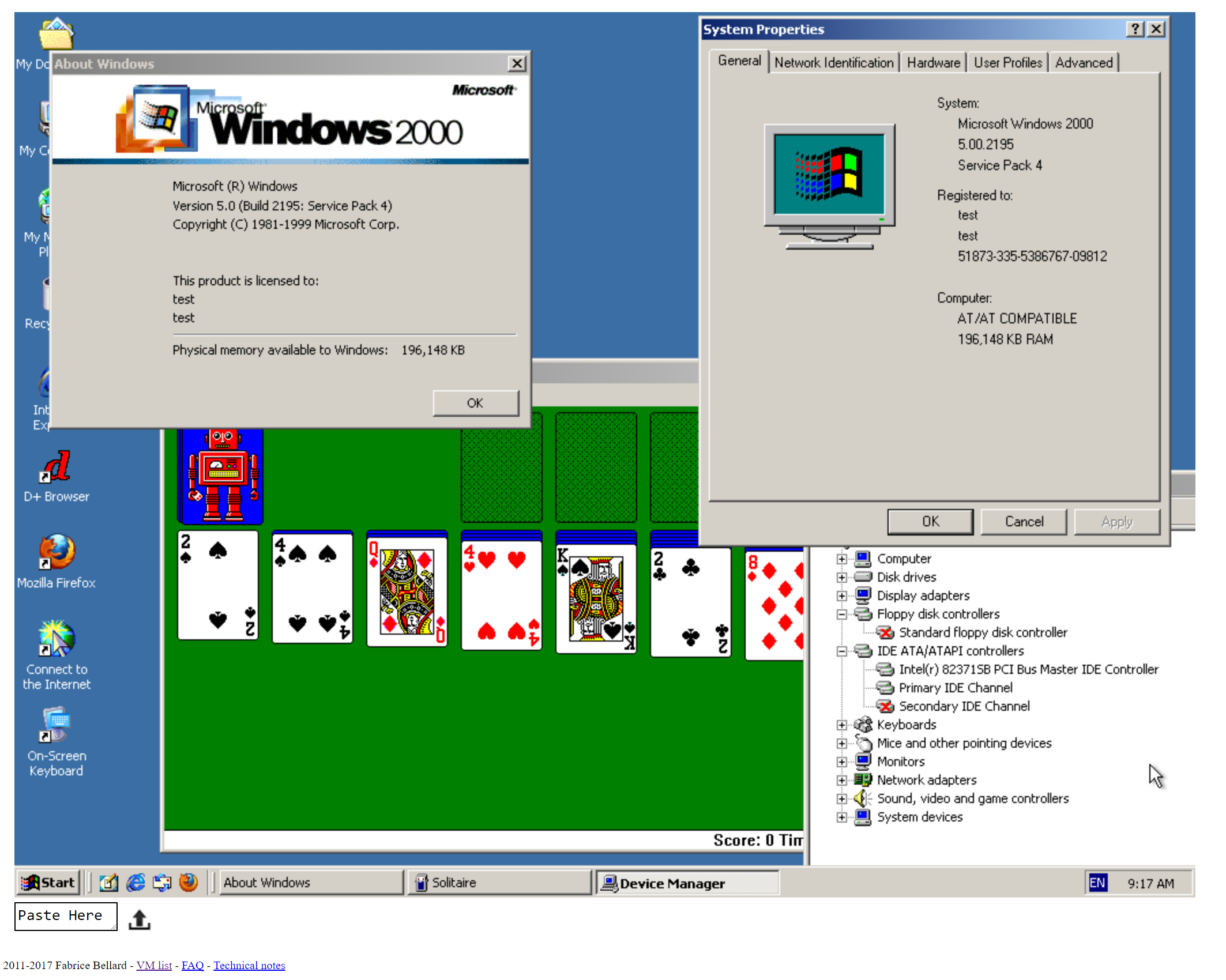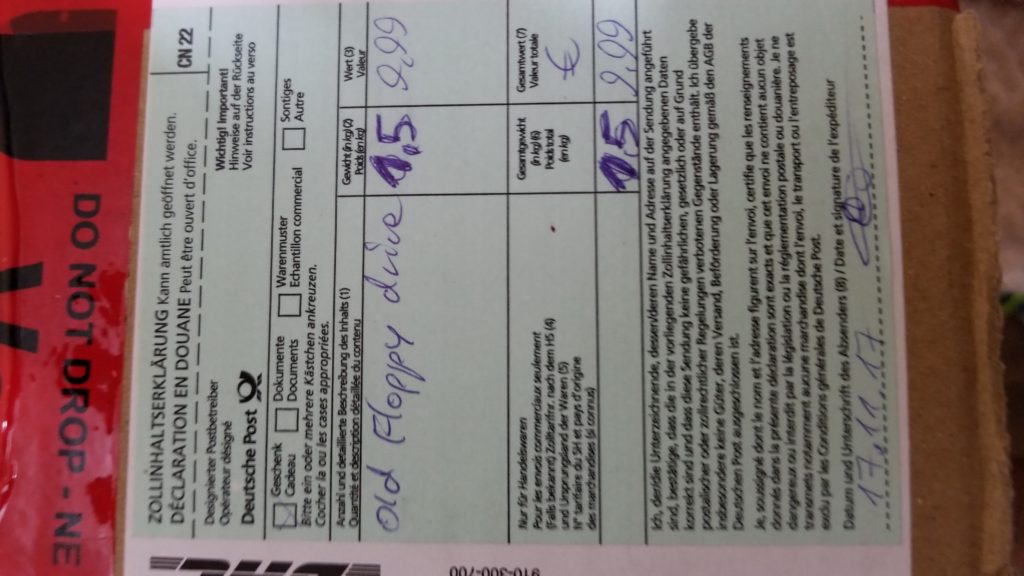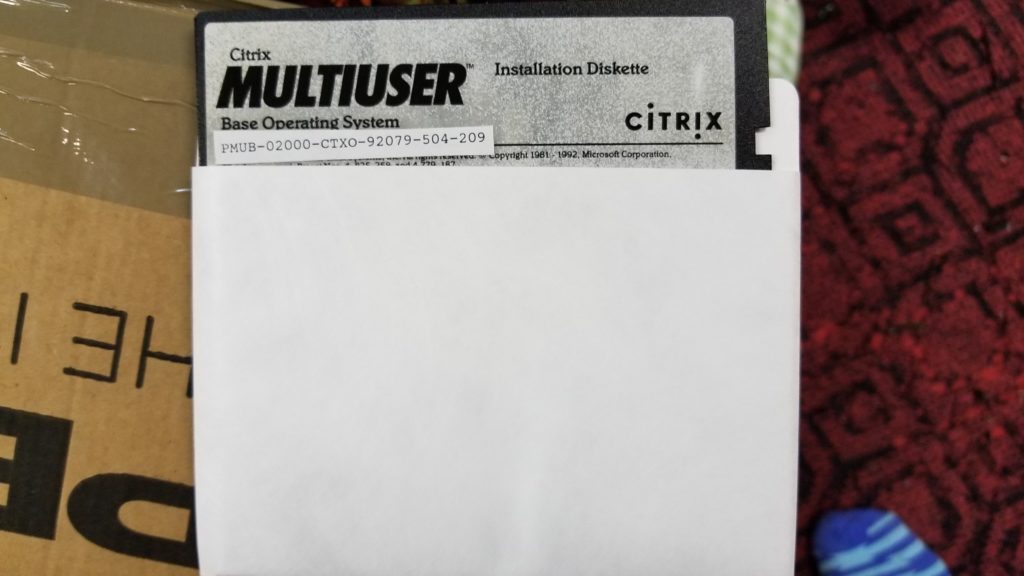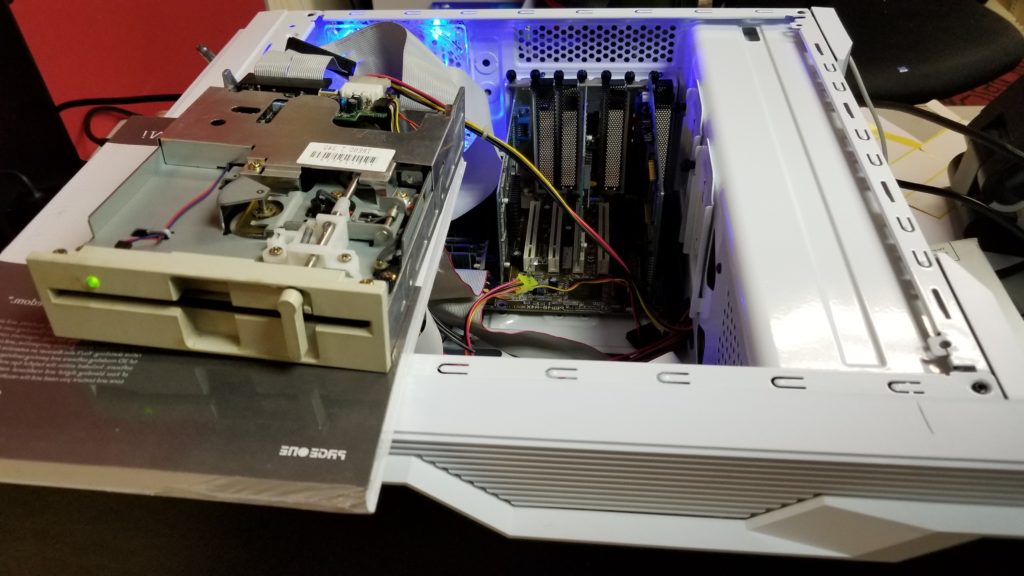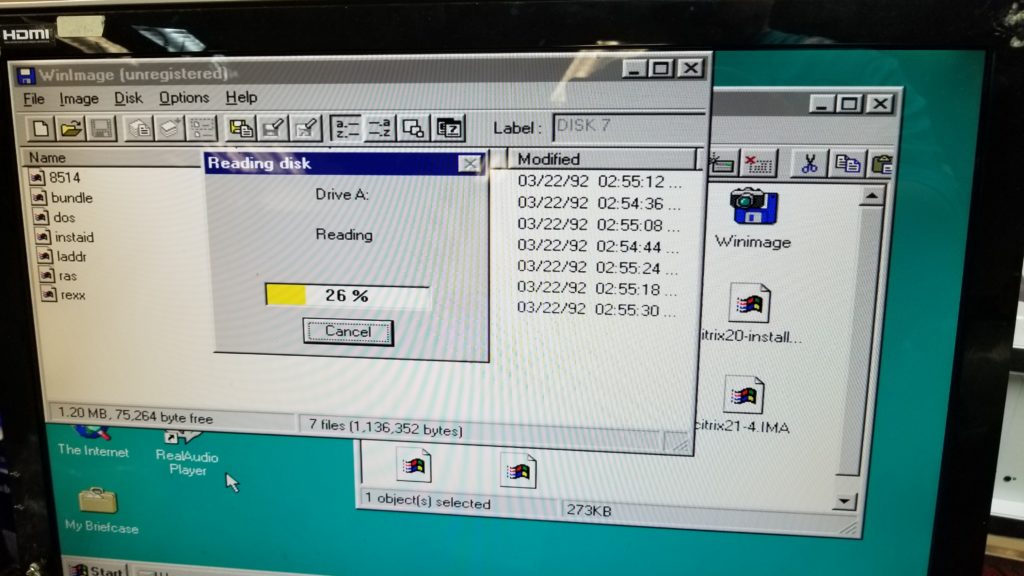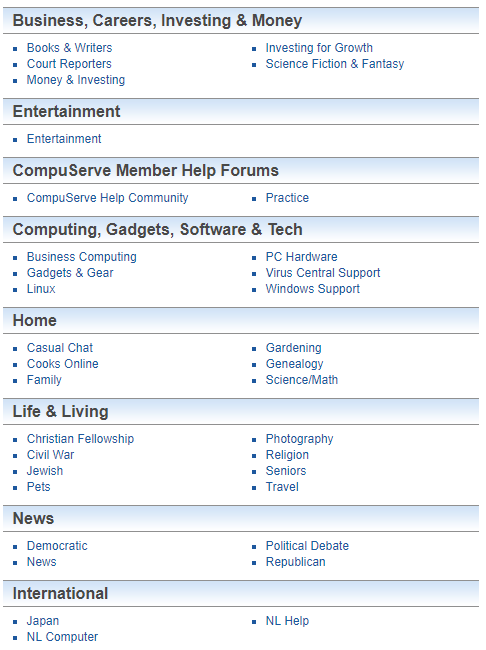So this last 24 hours has been chaotic. I’d had this word press installation for a number of years, going back to the 2 week Blogspot outage a long time ago. But things change and I’ve found dealing with systemd and it’s bizarre need to hide and obscure things, along with it’s worthless logging a losing fight. So over Thanksgiving I saw this “web reseller” package that has 250gb space and 1TB of network for $15 a year. And being a reseller means I can add additional domains and whatnot for free.
As you may have seen rss was broken the menu bars stopped working and all kinds of other smaller issues. I figured it was as good time as any to do a fresh install of word press and only copy the article, comments and user tables.
In the middle of this, the superglobalmegacorp redirection broke as it’s no longer a combined site. And then disaster struck when I tried to move the install to PHP 7.1, getting away from 5.6 as I was constantly running out of memory.
Something happened on the hosting side and their server lost all configs for virtuallyfun. I’d opened a ticket, and after 4 hours of nothing I moved the site back to the old machine, but I got interrupted with life and it was all messed up. As soon as I got up, the issue has been resolved and we are back.
For me, this site feels substantiality faster than the older one. The old server literally costs me $25 a month. But it’s old and tired. I have a sales call out on a new data center in Tai Po, Hong Kong so I may be moving all my USA hosting here. Which would be nice for me, at least the server will literally be down the street.
Oh well you know the internet, things move.
I’ve been debating about doing a SQL dump and purging the user table, and placing a copy of this blog on archive.org .. I know at the same time people will load it up and place shitty ads all over it.. but at the same time I’d like to keep a better copy of my insane ramblings. I see some people already tried, but their backup strategy is clearly automated and all they did was capture a single article.
As always, keep backups!
**added
For those with legacy systems, currently the HTTP site works.
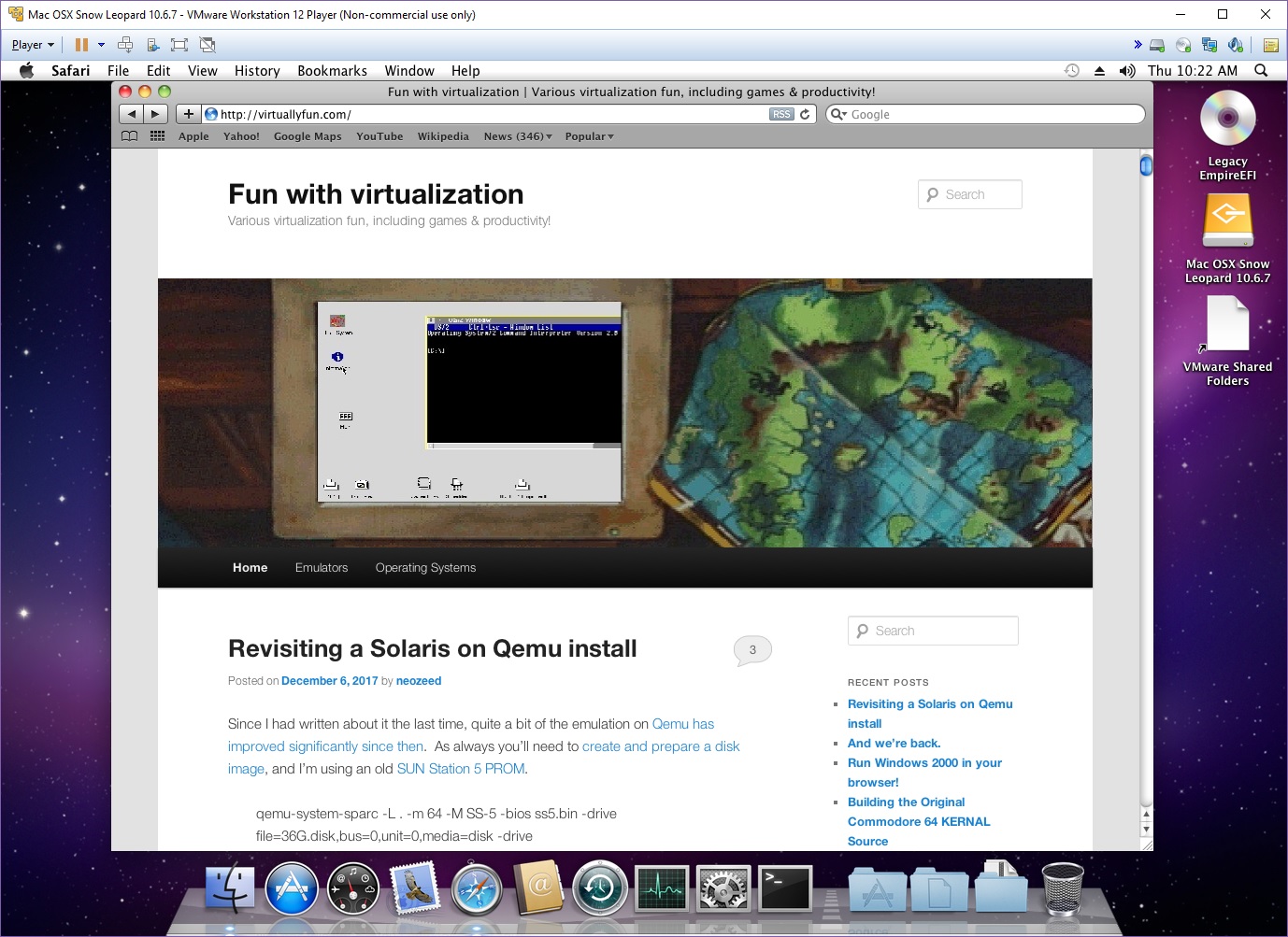
OS X 10.6 Safari
Naturally for older systems the SSL support is still SHA-1 centered, and the entire SSL infrastructure is quickly moving to SHA-2. Plenty of the site’s resources will be linked as https, and that’s pretty much the way it is.
I’ve tried to get some devs to write a simplified front end to the wordpress database to at least make things visible to legacy systems, but for some reason people just run away at the prospect. Personally I’d love to have one in classical ASP so I can host it on Windows NT Server 4.0 … But I haven’t had any takers.
For my own benefit here is what I amputated to get rss working.
feed-rss2.php
====================================================================
]]>
]]>
0 ) : ?>
]]>
]]>
====================================================================

